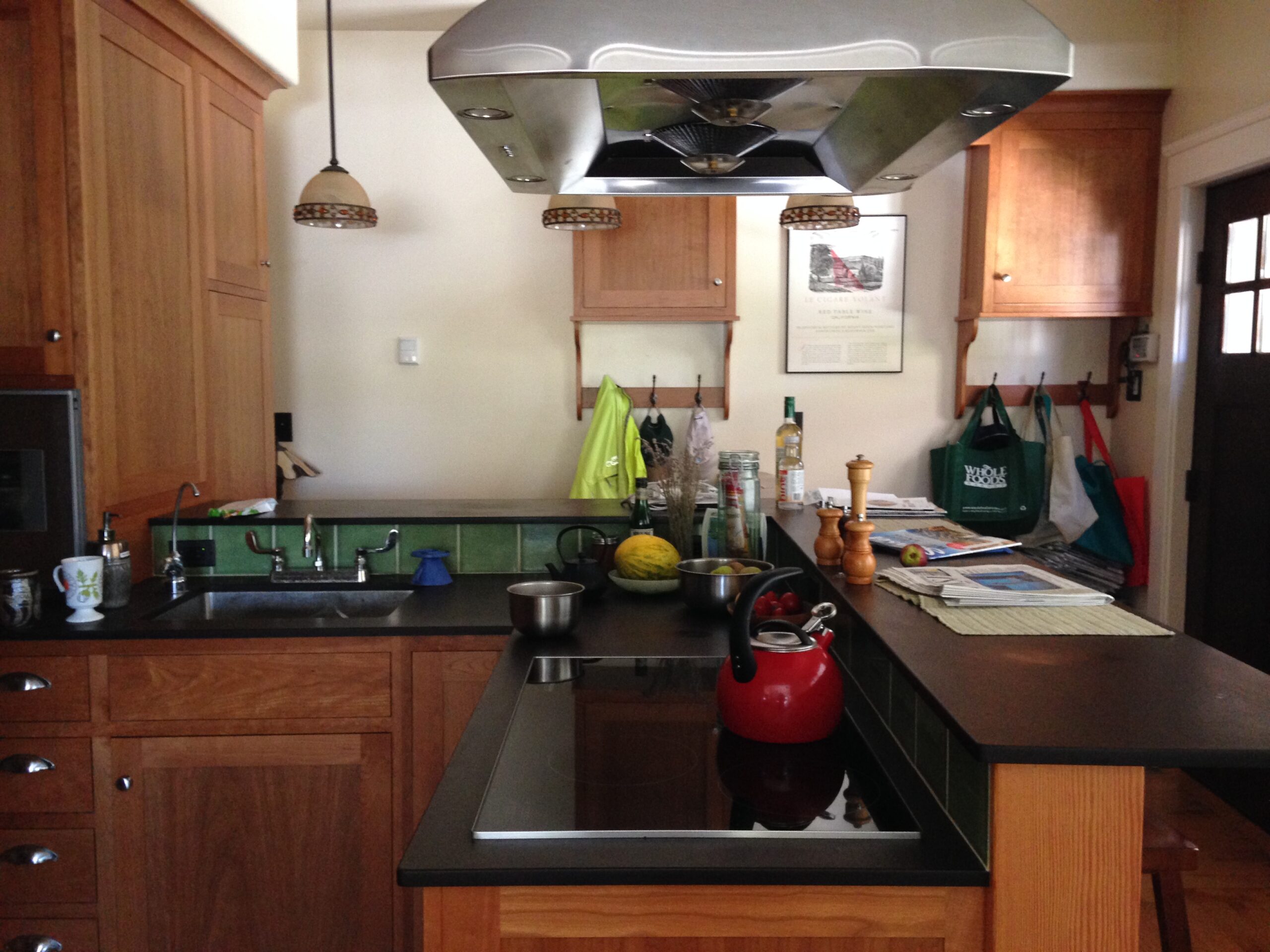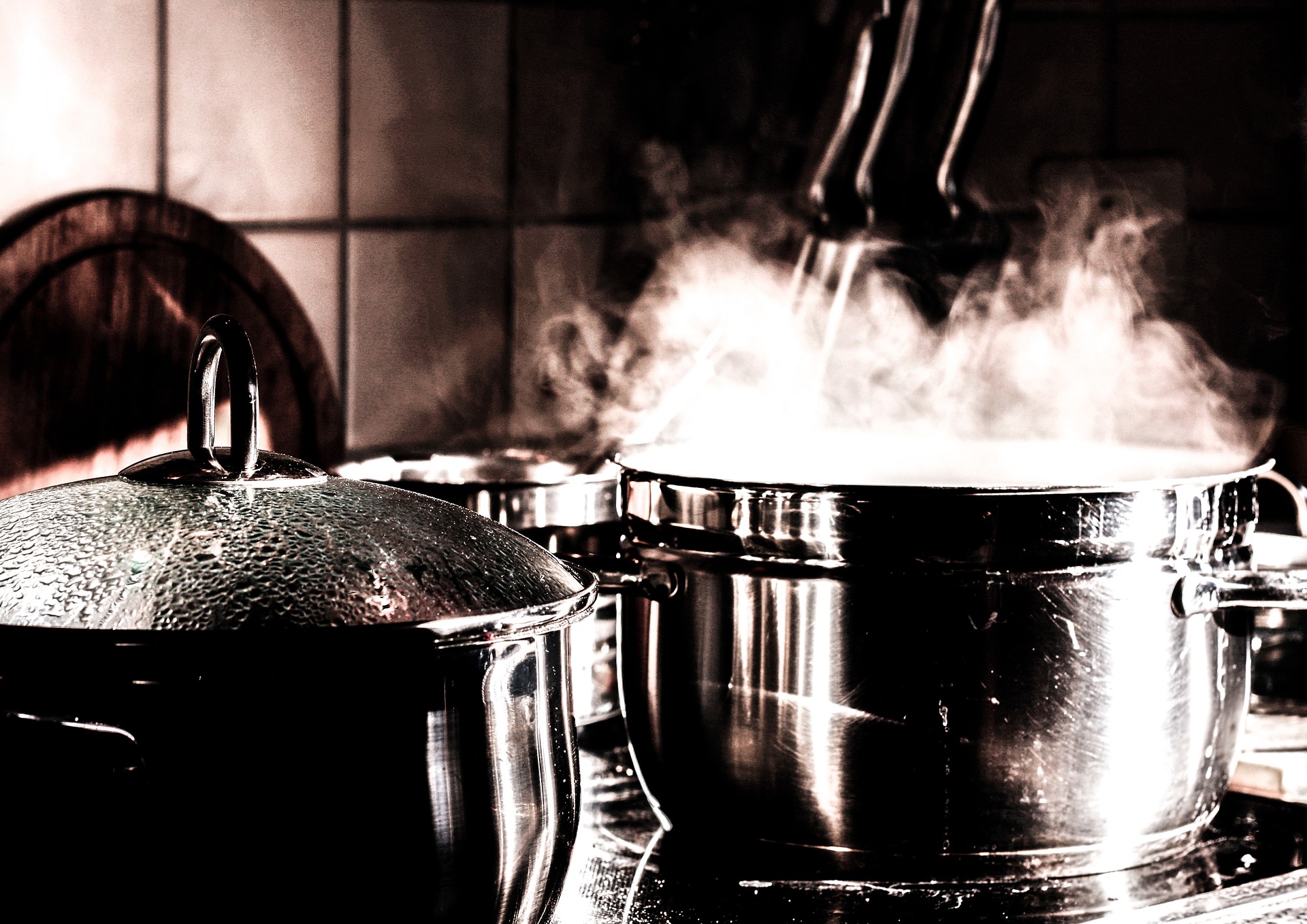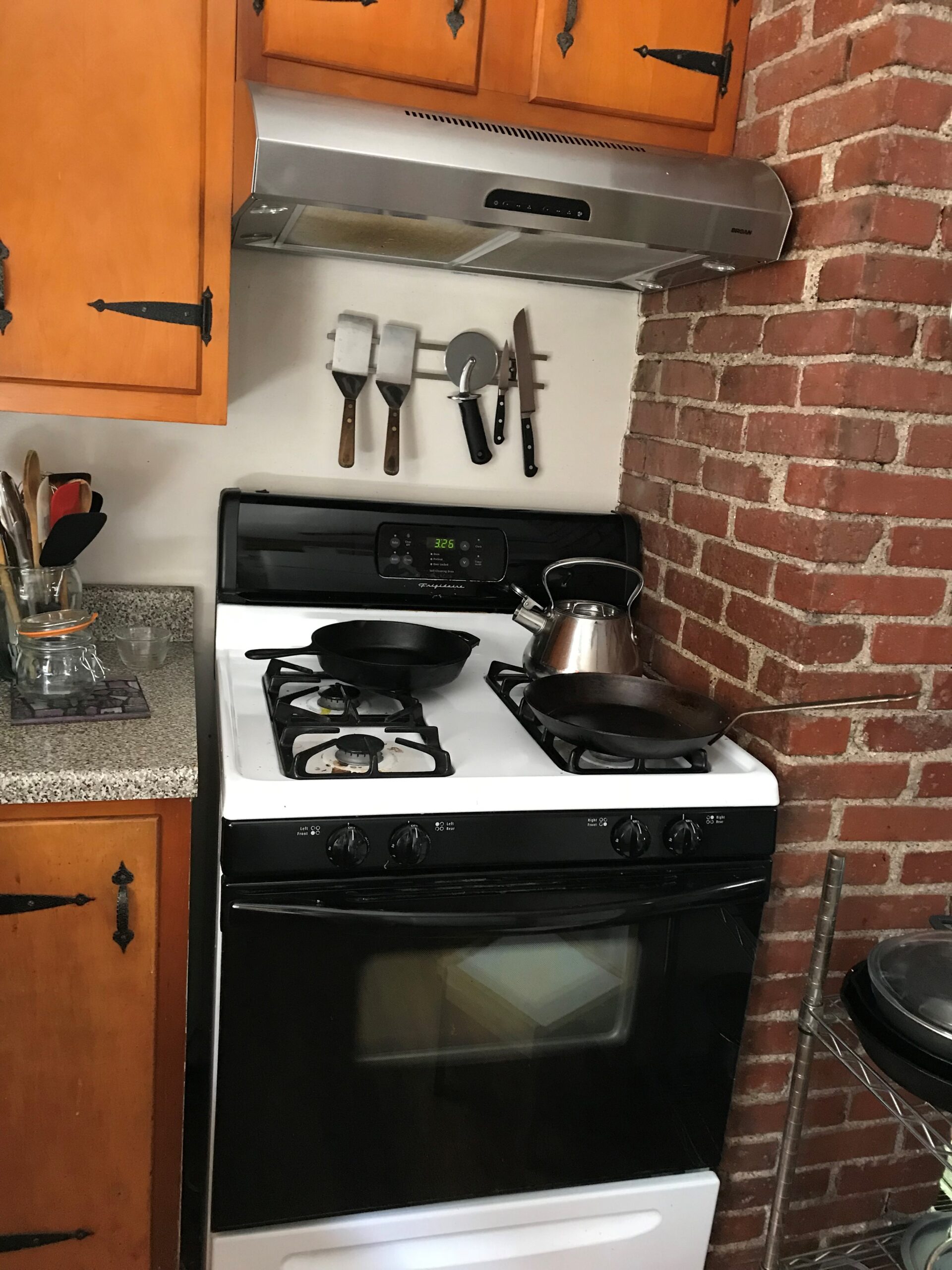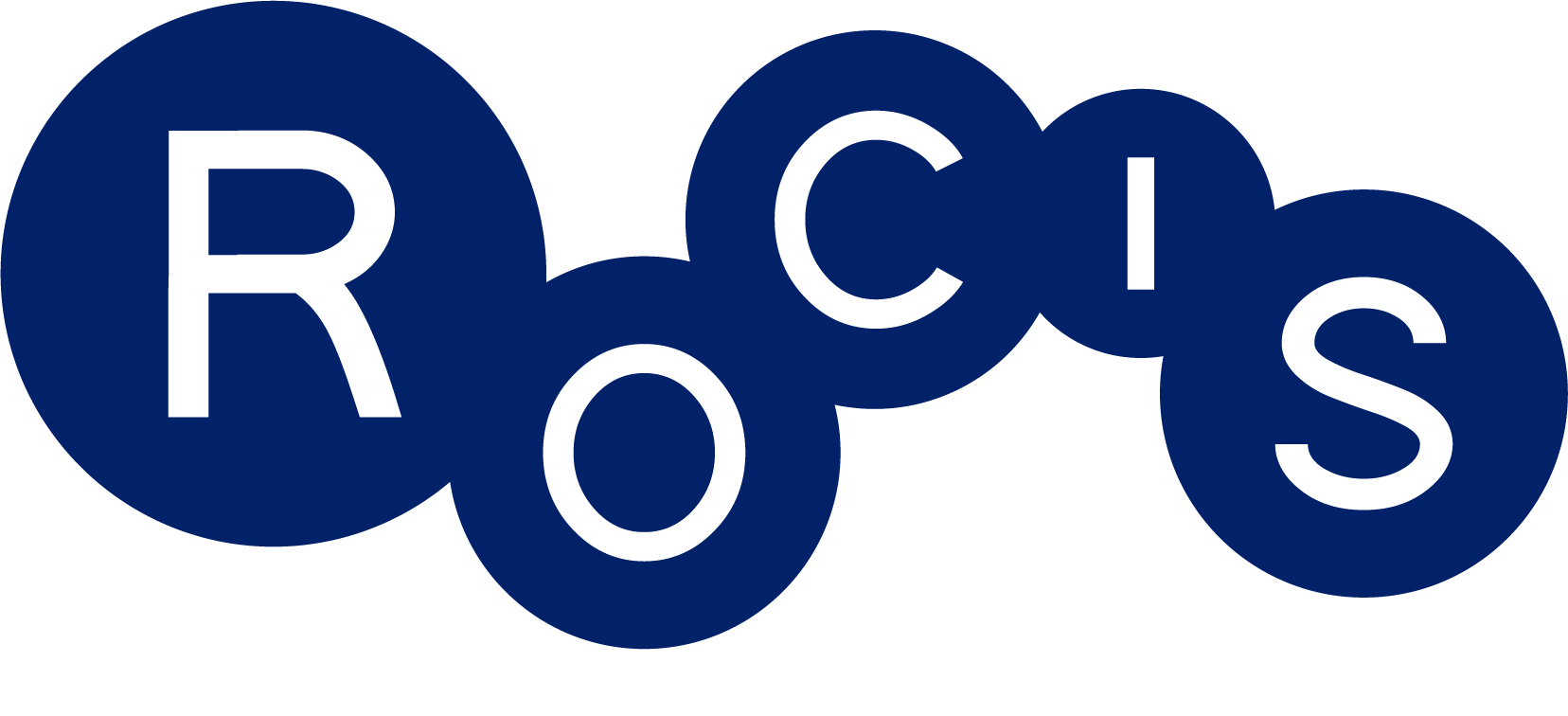Kitchen Range Hoods
RECENT UPDATES
We’ve made a few updates to our Range Hood Guide since this issue brief was first created. Check them out!
A Good Range Hood Can Improve Your Family’s Health

Whether you’re using gas or electric, cooking emits odors, moisture, and other air pollutants into your home. Moreover, our experiences with the ROCIS Low Cost Monitoring Project have confirmed that cooking is one of the largest indoor sources of airborne particles in Pittsburgh houses. The more you cook, the more pollution of all kinds is created, and this added pollution comes with an increased risk of both short-term and long-term health effects. However, a vented range hood that is well designed, properly installed, and correctly operated can remove a significant amount of air pollutants as you cook.
Frequently Asked Questions
WHAT IS A DUCTED RANGE HOOD?
Also known as kitchen hoods, exhaust hoods, fan hoods, and extractor hoods, ducted range hoods are funnel-shaped devices installed above cook stoves and ovens to capture the cooking emissions and remove pollutants directly to the outdoors.
WHY DO HOMES NEED A DUCTED RANGE HOOD?
Cooking produces odor, moisture, and air pollutant emissions. This pollution can have a negative impact on health, especially for children, the elderly, or people with asthma or other kinds of respiratory disease.
Using a range hood can help reduce both pollutant exposures and health impacts from cooking by keeping emissions from spreading into and lingering in a home—it can also make your home more comfortable by removing excess heat and moisture.
WHO NEEDS A DUCTED RANGE HOOD?
If you cook, you need a range hood. The need is even greater for those who:
- use several burners at once
- cook for a long time
- create a lot of smoke, odor, or moisture while cooking
- have a small home (and thus a small volume of indoor air)
- suffer from cardiovascular or respiratory disease, including asthma
- live with children or elders
Anybody planning a new home, remodel, or replacement of any range hood should take advantage of the opportunity to install a better range hood system.
WHEN AND HOW SHOULD I OPERATE A DUCTED RANGE HOOD?
- Use the hood whenever you use the stove or oven, especially when cooking at high temperatures or producing large quantities of steam, smoke, or odors (e.g., grilling, frying, stir-frying, broiling, or roasting).
- Use a higher fan speed to remove more smoke, odors, and steam; adjust to the highest noise level your household can tolerate.
- Leave the fan on for at least 10–20 minutes after the cooking ends—or until the cooking surfaces have cooled, whichever comes first. Continue using the fan if odors or smoke are noticeable when you enter from outdoors or a distant part of the house. (For airtight homes, see Supplement 3: Caveats and Cautions.)
- When using the oven cleaning cycle, evacuate the house and operate the range hood at maximum speed. Also, clean the hood’s grease filters afterward.
WHAT ELSE CAN I DO TO REDUCE EXPOSURE WHILE COOKING?
- Use a back burner whenever possible.
- Use lower cooking temperatures.
- Cover pots and pans when possible.
- Minimize movements of the cook and cross-drafts near the stove in order to maximize cooking fume capture and removal.
See Supplement 1: Easy Ways to Reduce Exposures to Cooking Pollutants.
HOW DO I SELECT A “GOOD” DUCTED RANGE HOOD?
To choose the right range hood, you will need to consider your building and appliance characteristics; your cooking habits; your household’s sensitivity to odor, pollutants, and noise; and your budget.
See Supplement 2: Criteria for Selecting an Effective Ducted Range Hood.
KEY SPECS:
- Airflow rates for typical homes should be 200–350 cubic feet per minute (cfm). Island installations will require higher flows than wall installations. Measure the flow rates of the installed hood to verify installed performance. (See Supplement 4: How to Install Ducted Range Hood Systems.)
- Select a hood with a Capture Efficiency (CE) of 80% or more based on ratings from Home Ventilating Institute (HVI) or the manufacturer. If CE ratings are not available, pick a deep, wide hood that has an open bottom and that covers all the burners.
- Look for a hood with an HVI noise rating of less than 3 sones at an airflow rate of 200 cfm or more. If you need a larger capacity range hood that does not have a sone rating at 200 cfm, choose one that has a lower sone rating than others at equivalent speeds.
- Select a multispeed fan that can be used at lower flow rates and noise levels when cooking with low emissions or on small burners.
- Ensure that the hood dimensions from the manufacturer and the duct layout can be accommodated in the available space.
- In California, check the latest Title 24 building standards airflow rates and CE requirements for different building and stove types.
SOME CAUTIONS:
- High airflow rates can pull in unwanted pollutants from combustion appliances, outdoor air, and soil as well as attached garages, basements, and apartments. This may create a need for make-up air. (See Supplement 3: Caveats and Cautions.)
- Conventional flat “designer” style hoods are not very effective based on available data. Also, many existing range hoods with propeller-type fans and small-diameter ducts are not very effective and are too noisy.
- Some over-the-range microwaves with ducted exhaust can effectively remove indoor pollutants, but only at very high (and noisy) fan speeds and flow rates.
- Large “power” burners produce much more heat and pollutant emissions than typical gas burners and may need a wider range hood and higher airflow rates.
Keep a Lid on It: Best Practices for Reducing Cooking Pollution in Homes

Check out our webinar on Kitchen Range Hoods!
Presented by Tom Phillips as a ROCIS webinar on 12/15/20 (recording) and updated for the EEBA High Performance Home Summit on 9/15/21 (slides)
Learn More About Kitchen Range Hoods
ROCIS Issue Brief
Ducted Range Hoods: Recommendations for New and Existing Homes
This issue brief from ROCIS team member Tom Phillips lays out best practices for selecting, installing, and operating a quiet and effective hood.
Even with an ineffective range hood (or without one at all), there are ways to help reduce exposure to cooking pollution, including covering pots with lids, pre-cooking with a microwave, cooking at lower temperatures, and cooking on the back burner. These techniques, too, are covered in the issue brief.
This brief was reviewed by over a dozen technical experts from the U.S. and Canada and is based on extensive research on cooking pollution, its health impacts, and its control in the home.
Relevant to both consumers and building professionals.
Have a suggestion for us about how to improve this issue brief? Let us know.

